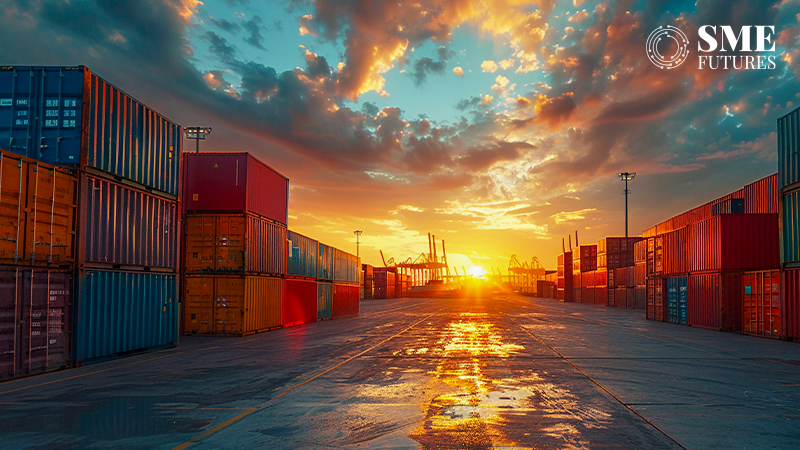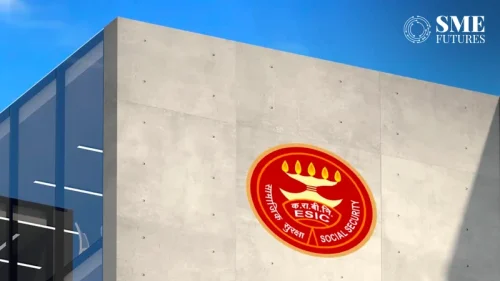The logistics sector in India is gearing up for what promises to be a transformative Union Budget 2024. With significant pushes in recent interim budget, stakeholders in the industry are optimistic yet vocal about the areas that still require attention to propel India towards a logistics revolution.
In the recent presented interim budget, Finance Minister Nirmala Sitharaman, announced the implementation of three major economic railway corridor programs, to facilitate faster movement of freight and improve turnaround times, reducing logistics costs for India.
Going forth, now experts voice their opinion on building upon the foundation established in the past few budgets, which included a significant investment for critical transport infrastructure projects to establish last and first-mile connectivity, is crucial. Here’s what experts from the logistics industry are hoping for in the upcoming budget.
More support to MSMEs in the sector
Gregory Goba Ble, Managing Director, UPS India comments that this budget must continue its commitment to boosting the logistics sector, particularly for MSMEs.
“Providing these businesses with timely access to finance, cutting-edge technologies, and relevant training is essential for them to compete on a global scale. Furthermore, logistics companies are seeking to decrease regulatory costs. The government should promote the adoption of advanced technologies in logistics sector through incentives. This not only enhances the efficiency of logistics but also contributes significantly towards India’s logistics performance index,” he said.
Multi-modal connectivity and heavy investments
Kami Viswanathan, President, FedEx, MEISA anticipates transformative measures in the forthcoming budget. “We anticipate seeing significant investments throughout the industry in multi-modal connectivity, including advanced air cargo terminals and infrastructure enhancements to create seamless trade corridors, aligning with the Prime Minister’s Gati Shakti Plan and the National Logistics Policy,”
“We also anticipate continued focus on trade facilitation, streamlining and digitising clearance processes, minimising delays and enhancing cargo movement efficiency,” she added.
Initiatives to reduce logistics cost
Current logistics costs are high in India, compared to other regions. This hampers businesses competitiveness and ease of doing business. Thus, demand for initiatives to reduce the logistics cost is the major demand of logistics players.
Highlighting the same Siddhartha Bhagat, Head, Logistics Division, Seros said, “The primary aim is to reduce logistics cost from 14 per cent of GDP to 8-10 per cent of the GDP. Further there should be focus on infrastructure development for faster TAT and seamless movement of goods. India with its vast coastline and internal waterways have a huge potential in the push for multimodal Logistics thereby developing and integrating the local and global supply chain. Further it would be beneficial to reduce the GST rates on HCV and MCV for EV and Alternate fuels to encourage the industry migrate to cleaner fuels,” he added.
Key Expectations from the Budget:
- Infrastructure Investments:
- Significant investments in transport infrastructure projects.
- Development of advanced air cargo terminals.
- Enhancements in multi-modal connectivity to create seamless trade corridors.
- Support for MSMEs:
- Provision of timely access to finance.
- Access to cutting-edge technologies and relevant training programs.
- Regulatory and Tax Reforms:
- Reduction in regulatory costs for logistics companies.
- Lower GST rates on HCV and MCV for EV and alternate fuels.
- Technology Adoption:
- Incentives for adopting advanced technologies in the logistics sector.
- Focus on digitising clearance processes to minimise delays and enhance efficiency.
- Sustainability and Efficiency:
- Initiatives to create a more efficient and sustainable logistics ecosystem.
- Support for multimodal logistics to leverage India’s coastline and internal waterways.











